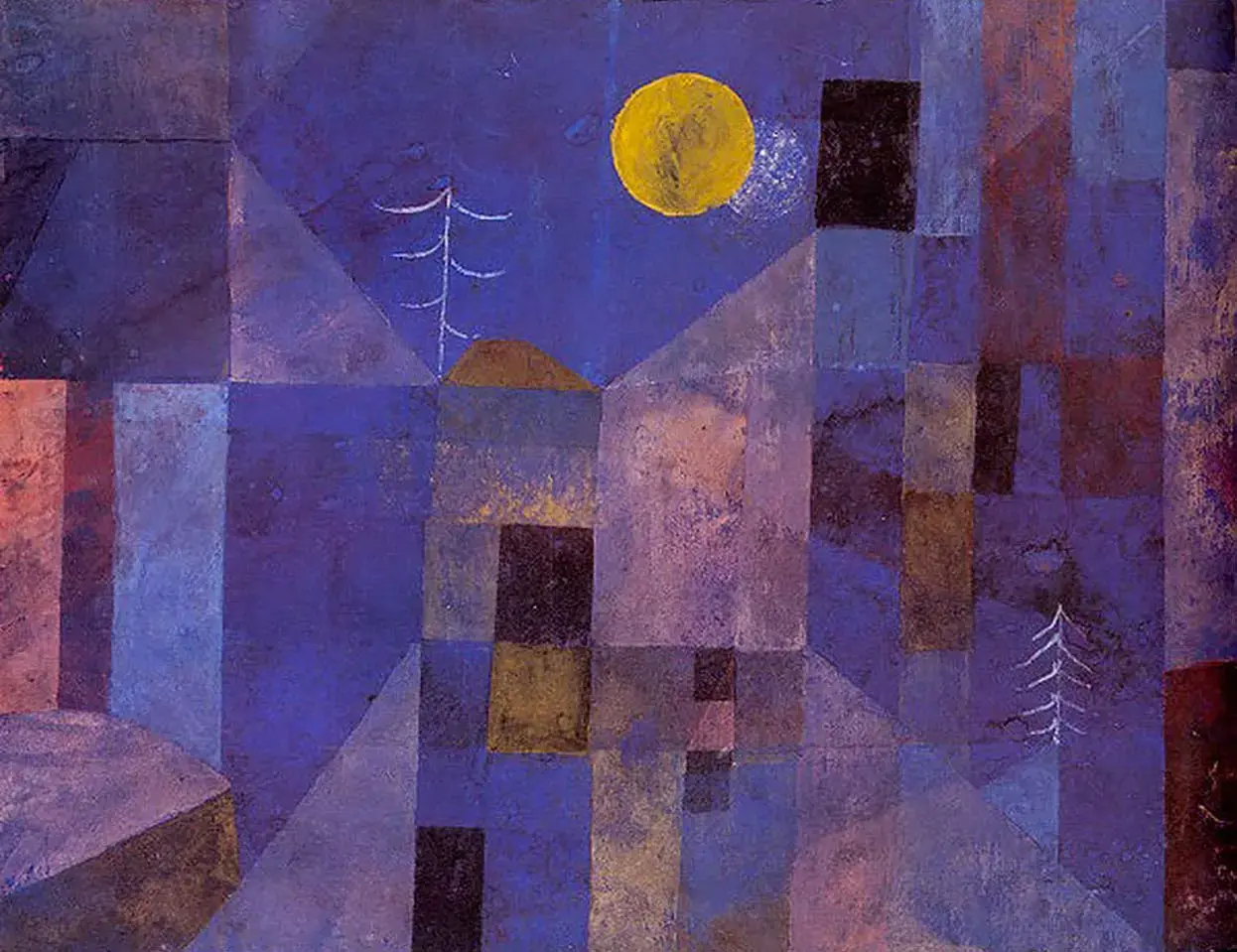The Genius of Klee: The Straight Line and the Curve Unveiled
Paul Klee, a Swiss-German artist, is celebrated for his profound influence on modern art. His works combine abstract expression with a deep exploration of shapes, colors, and lines. Among these artistic elements, klee the straight line and the curve stand out as central features of his masterpieces. Klee masterfully used these simple yet powerful elements to convey complex emotions, ideas, and perspectives.
In this article, we will explore how Klee integrated straight lines and curves into his art, why these elements were significant, and how they contributed to his lasting legacy in the world of modern art.
1. Klee’s Approach to the Straight Line and the Curve
Paul Klee’s work stands apart due to its deep theoretical foundation. He was not just an artist but also a teacher and theorist. In his lectures, he frequently discussed the concept of lines and their connection to human emotions and the natural world. For Klee, the straight line symbolized rigidity, order, and control. On the other hand, the curve represented fluidity, motion, and the unpredictable nature of life.
In many of his paintings and drawings, klee the straight line and the curve coexisted, forming a balance between control and freedom. This interplay between these elements allowed Klee to create compositions that were visually striking and emotionally resonant. His artwork wasn’t simply a representation of objects but an exploration of abstract principles, like tension and harmony.
2. The Significance of the Straight Line in Klee’s Art
The Straight Line as Structure
In Klee’s art, the straight line often served as a foundation. It provided structure and balance to his compositions. The straight line, rigid and controlled, acted as a stabilizing force in his works. For Klee, this line was more than just a visual element; it was a metaphor for the structured aspects of life. The straight line represents discipline, rational thought, and order in both art and life.
Some of Klee’s most famous works, like “Highways and Byways” and “Ancient Sound,” showcase the straight line as a prominent feature. These lines, while static in nature, guide the viewer’s eye through the composition, creating a sense of balance and structure. The straight line in Klee’s work often symbolized the predictable, the known, and the controlled aspects of existence.
Lines as Pathways
Klee also viewed the straight line as a pathway. In his theoretical writings, he explained that the straight line could lead the viewer through a journey, both visually and emotionally. This concept can be seen in his work, where the lines seem to direct movement, guiding the viewer’s attention from one part of the canvas to another. It is through this lens that Klee explored how lines could represent the passage of time, the journey of the mind, and the experience of life itself.
3. The Role of the Curve in Klee’s Art
Curves as Symbols of Life
While the straight line in Klee’s art represented structure, the curve symbolized life’s unpredictability. Curves in his work suggested movement, change, and emotion. Klee’s fascination with natural forms, such as plants, waves, and wind, often influenced his use of curved lines. These curves allowed him to express organic motion, the natural flow of life, and the fluidity of thought and feeling.
For instance, in works like “Red Balloon” and “Twittering Machine,” the curved lines create a sense of dynamism and movement. The curves soften the harshness of the straight lines, offering a balance between control and freedom. Klee the straight line and the curve together create harmony, showcasing the tension between order and chaos, structure and spontaneity.
Curves in Abstract Expression
Klee’s use of the curve was not merely decorative; it was deeply symbolic. Curves in his work often evoked a sense of mystery and intrigue. Unlike the straight line, which is predictable and direct, the curve offers surprises. The way a curved line changes direction or twists in unexpected ways mirrors the complexities of human emotion and experience.
In his abstract pieces, such as “Ad Parnassum,” the curves give life to the geometric shapes, transforming them into something that feels organic and alive. Klee used curves to represent the whimsical and emotional aspects of the human experience, giving his works a unique vitality.
4. Klee’s Legacy: The Balance of Straight Lines and Curves
One of Klee’s most enduring contributions to modern art was his ability to balance opposing elements. Klee the straight line and the curve was a recurring theme in his work. By juxtaposing these elements, Klee created tension and harmony. His use of both lines allowed him to explore the dualities of life: order and chaos, logic and emotion, control and freedom.
His balanced approach can be seen in his famous works such as “Senecio” and “Castle and Sun.” In these pieces, straight lines create the structure of the composition, while curves breathe life and movement into the scene. This interplay between the two creates a dynamic energy, drawing viewers into the work and allowing them to experience the push and pull between these opposing forces.
Klee’s legacy lies in his ability to make abstract concepts, like tension, balance, and harmony, tangible through visual art. His mastery of lines—both straight and curved—has inspired countless artists and continues to influence modern design and architecture.
5. Klee’s Theoretical Influence on Modern Art
As a teacher at the Bauhaus School of Art and Design, Klee greatly influenced the next generation of artists. His theoretical writings on lines, color, and form shaped the way students approached art. Klee the straight line and the curve became an essential lesson in understanding balance in composition. Klee taught that every line, whether straight or curved, carried emotional weight and meaning.
In his teachings, Klee encouraged students to see beyond the obvious. He emphasized that art was not just about representing reality but about exploring deeper truths. His focus on abstract principles, like the interplay between the straight line and the curve, helped artists understand that even the simplest elements of design could convey complex ideas.
Klee’s teachings have had a lasting impact on modern art movements, including abstract expressionism, minimalism, and surrealism. His approach to art, which combined theory with practice, has inspired generations of artists to think critically about the choices they make in their work.
6. How Klee’s Work Continues to Influence Modern Design
Klee’s exploration of the straight line and the curve has not only influenced visual art but also modern design. Architects, graphic designers, and even industrial designers have drawn inspiration from Klee’s balanced use of lines. His focus on simplicity, balance, and the symbolic nature of lines continues to resonate with designers today.
For example, in modern architecture, the combination of straight lines and curves can be seen in the design of contemporary buildings. Straight lines provide a sense of order and precision, while curves add a sense of fluidity and movement. This interplay between the two creates structures that are both functional and aesthetically pleasing.
Similarly, in graphic design, the balance between straight and curved lines is often used to create logos, posters, and websites that are visually appealing and dynamic. Klee’s legacy lives on in the way designers use these elements to communicate ideas and emotions.
7. Conclusion: The Enduring Appeal of Klee’s Lines
Paul Klee’s artistic vision was rooted in his ability to see the beauty and meaning in simple forms. Klee the straight line and the curve were not just artistic tools but symbols of life’s complexities. His use of these lines allowed him to explore profound ideas about balance, movement, and harmony.
Klee’s work continues to inspire artists, designers, and thinkers. His ability to balance the straight line and the curve in his compositions speaks to the universal human experience of navigating between control and spontaneity, order and chaos. Through his art, Klee reminds us that even in the simplest lines, there is beauty, meaning, and endless possibility.






